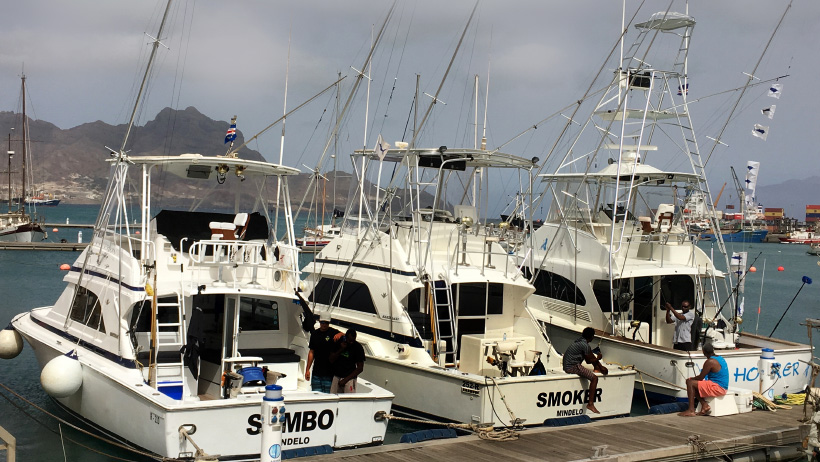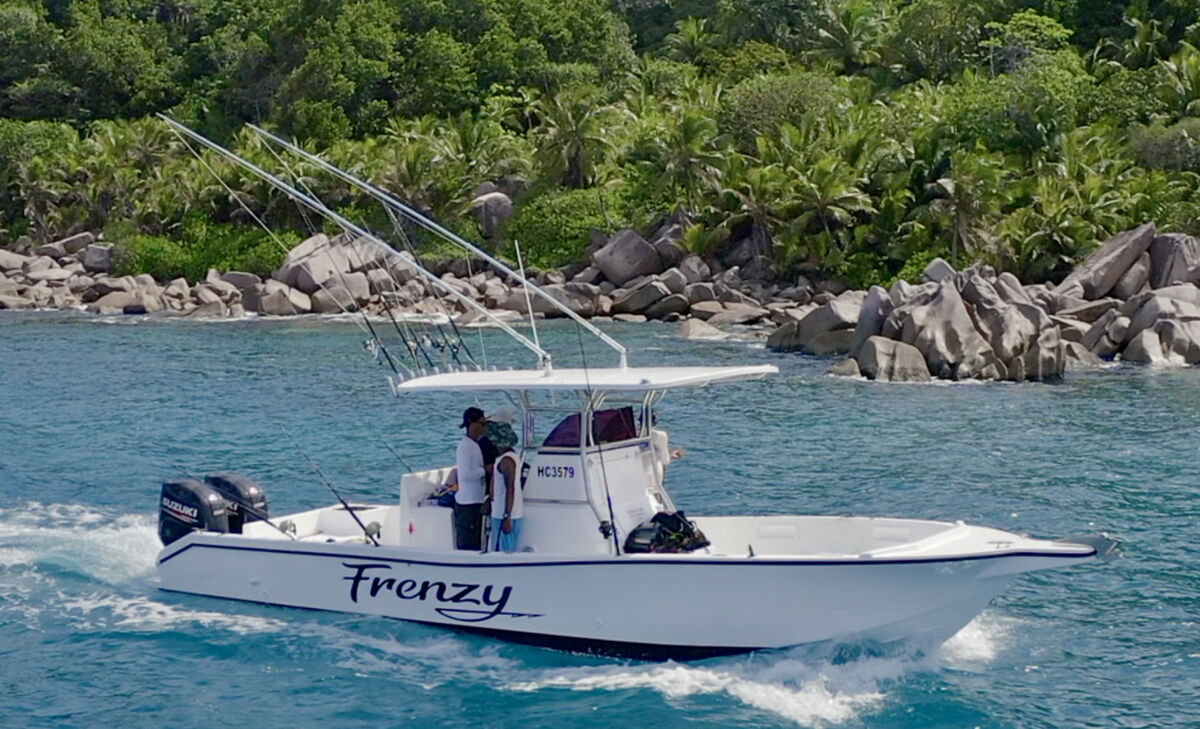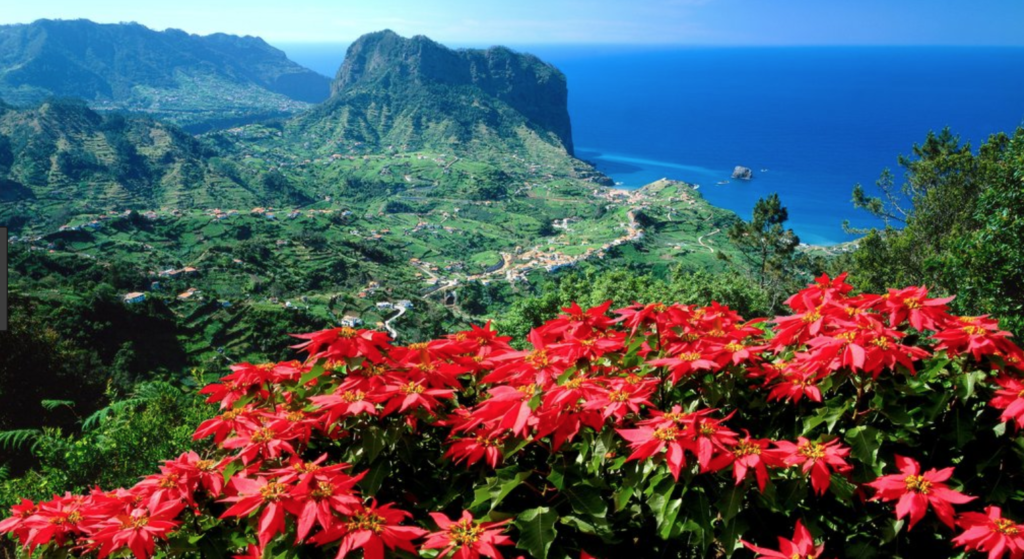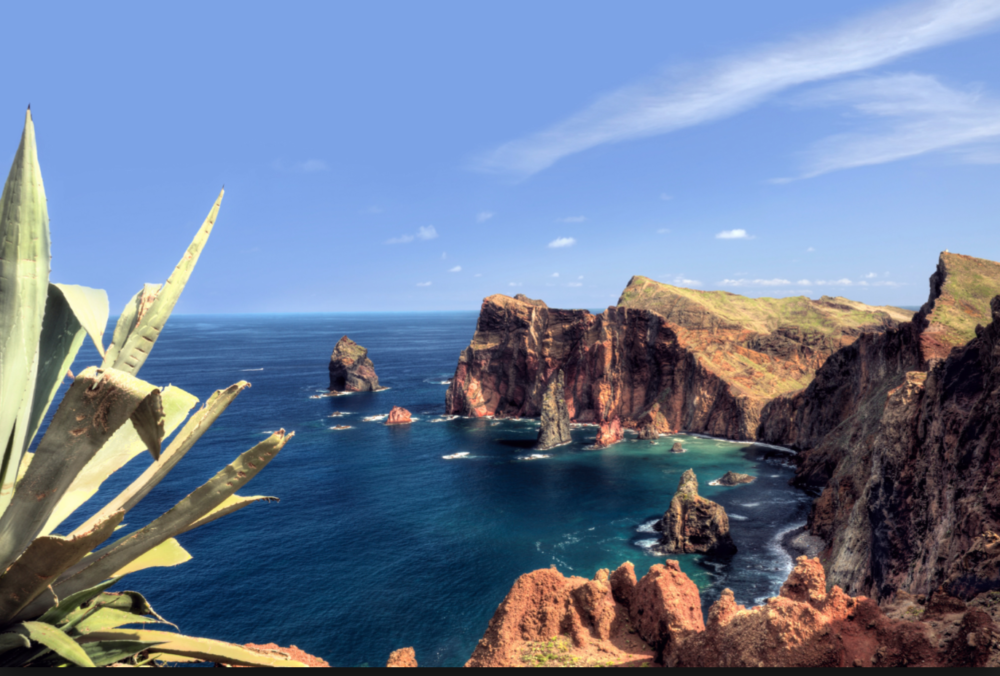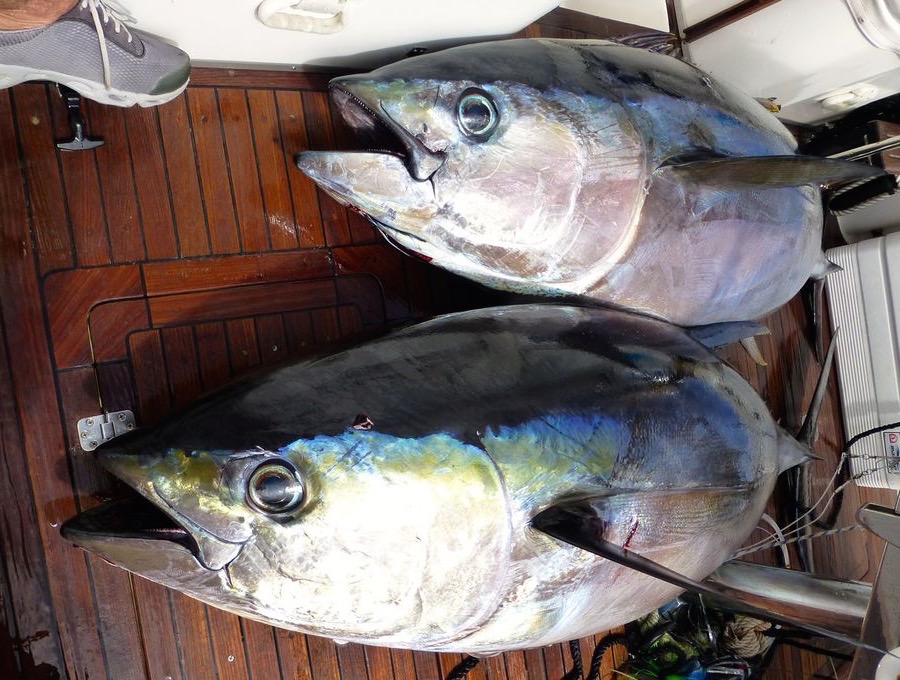Madeira Bigeye Tuna 2010
Bigeye tunas in Madeira – Catching tunas with lures
International name: Bigeye Tuna (thunnus obsesus), Maximum length: 250 cm, Maximum weight: 500 lb. IGFA-Record at the Atlantic: 392 lb., 6 oz (1 lb. = 0,454 kg, 1 oz = 28,4 g). Sources in our zone: Madeira, Canary Islands, the Azores, at the Cape Verde Islands, the West-African coast, Portuguese, Spanish and French Atlantic seaside. Bigeye Tunas also appear at the Pacific and Indian Ocean – but unfortunately not at the Mediterranean Sea! The Azores, Madeira and the Canaries Islands always were interesting fishing areas in the past and they will also be in the future (at least seasonal) – assumed the fisherman uses the right lures, the compatible equipment ant the right technique of fishing.
We always wondered about the fact that we just caught small tunas with lures at the Atlantic Ocean, the Indian Ocean and the Mediterranean Sea. Until 2009 the „weight-limit of caught” Blue Fin and Bigeye Tunas was about 100 lb.
No rule without an exception: Sometimes some big Yellowfin Tunas gripped our bigger lures (on 2.5 mm mono-leader and 12/0 hook), while we were trailing for marlin.

We caught our first big „trolled Blue Fin Tuna“ not until October 2009 in Canso
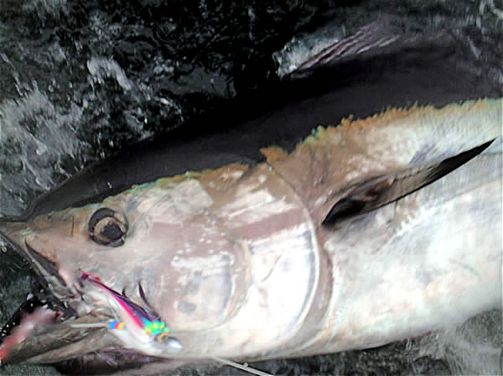
We also remember the professional skipper’s fishing proportion from the „golden tuna years at the Adriatic Sea 1980/1990”, 20 to 1: „Chumming with sardines“ to „trolling with big saltwater wobblers“.
The matter „building tuna lures with compatible construction“ is the most important thing at our „answer-needed-list“, since Robert (he was the wireman) and his team caught two huge Bigeyes in front of Madeira in June/July 2010 (275 lb. and 220 lb.), while they were trolled. He also lost a big one at the leader and saw five big tunas to 297 lb., caught from other boats with lures like this.
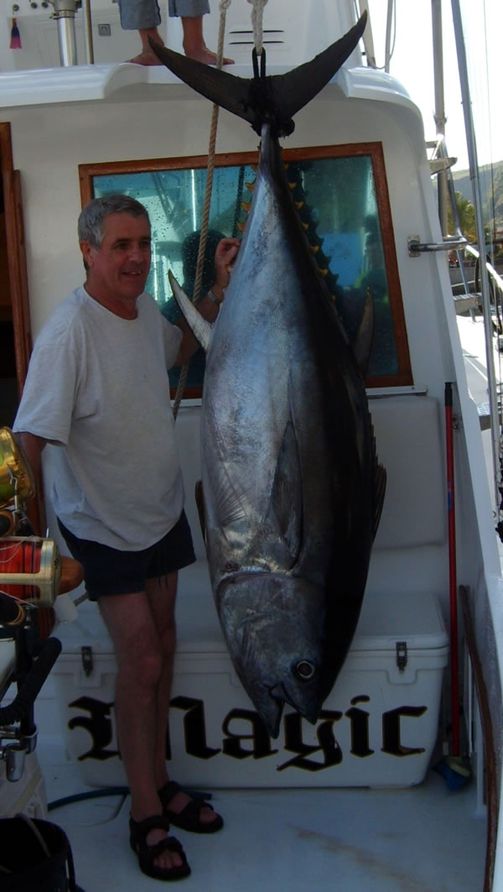
Our explanation: It seems that Tunas can see better and more defined than other big fish, or they are just more suspicious before they bite – unfortunately their suspiciousness seems to grow with their age?!
Indeed classically trailed marlin lures (with their heavy installation, knots and swivels also attract bigger tunas, but when they are in front oft the lure, they lose their interest and dive down forever. Some advices and hints (note well: just based on our experiences as hobby-fishermen, readers of specialist literature or reports from the internet):
In any case Bigeyes often take the same hiking trails. They can also be found (least seasonal) at specific seaside’s, underwater mountainsides and isles. These hiking trails seem to be liked at their principal food and their behavior.
Bigeyes mainly eat fish, shellfish and calamari, which are living in deeper water layers. The water temperature there is beneath 10 degrees and there is just a little sunlight.
How is it possible that fishermen catch them in upper and warmer water layers, mostly even near the surface of the water surface are. Apparently they have to go up to water layers with high oxygen content or they just want to „warm up“ at the water surface area – at least we think that.
As a cause of a lot of fog swimming around there and it is much warmer, lighter and with high oxygen content up there, Bigeyes consistently linger at these higher water layers – exactly now we fishermen get a real chance to catch them.
Which things is a Bigeye able to see? As a hunter of the depth he just has to differentiate between a few tones or just levels of gray, probably the fluorescent light spectrums as well. He is able to see outlines and details at major range excellently, that is for sure.

No matter if we caught the fish or did not, every fight with a big tuna is unforgotten, particularly the first runs of our Bigeyes terrified and confused us – maybe because of our experiences with marlins and other really fast fish.
During the fight, the tuna is swimming a lot of unpredictable hooks and he is going around in circles. Occasionally he is also swimming really fast to the boast’s direction. Often he is so fast that the skipper has to accelerate, to not being passed by the fish.
The biggest danger is hat the fish swims underneath the bottom of the boat; not till then it turns out if the skipper really knows his handcraft well.
The worst fault at a hard and ling fight like this are: The fisherman’s reel is not correctly filled. He did not install the lure or the knots/clips uncluttered. The fisherman does not have enough stamina and he does not have a good drilling-technique. It is also important that the skipper and the team like each other and that the assignments of tasks are explicit arranged!
The fisherman must not forget the effect of the small but defined tooth. To find an agreement for the leader and the installation between invisible and tough is difficult.
Due to the fact that we do not have enough practical experience with trolling for big tunas, we recommend interested persons specialist literature, magazines and equal articles on the internet wrote by tuna-professionals.
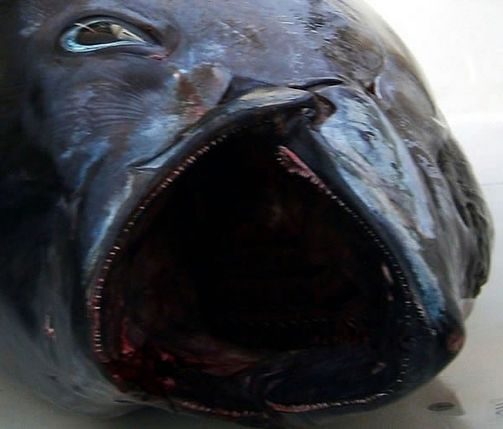
Now back to our main topic: During our intensive exchange of views with other tuna-fishermen (living at the Adriatic Sea, from the Azores and the Canaries Islands) it turned out, that similar (new) lure-designs (just like in Madeira) have been used successfully for a longer time there; just the colors and shapes of the heads are a little bit different.
Their way of swimming, the trolling distances and their installation are alike. We also read and heard a lot of the very successful trailing for big tunas with plastic lures or bait-lures with so-called „Daisy Chain Systems“ and „Spreader Bars“ combined with natural- and plastic-lures as teaser in this context.
As soon as our new designs: MAGIC CANDY and STAR are completed, they can be ordered in different colors, rigs and leaders at our Online Shop www.bluewaterfishing.eu – also as tuna-lures with a compatible rig and leader and a suggestion for trolling.
Stephan Kreupl and Robert Rein in August 2010
